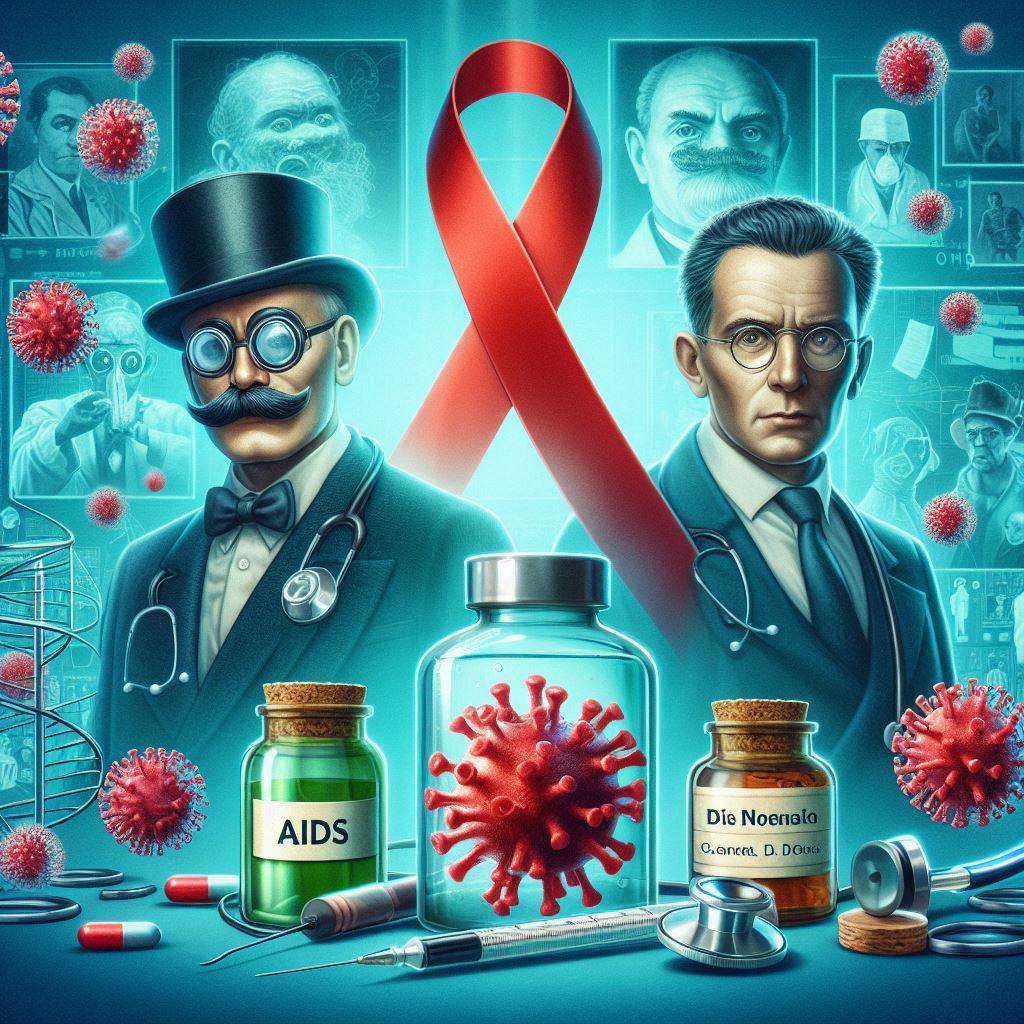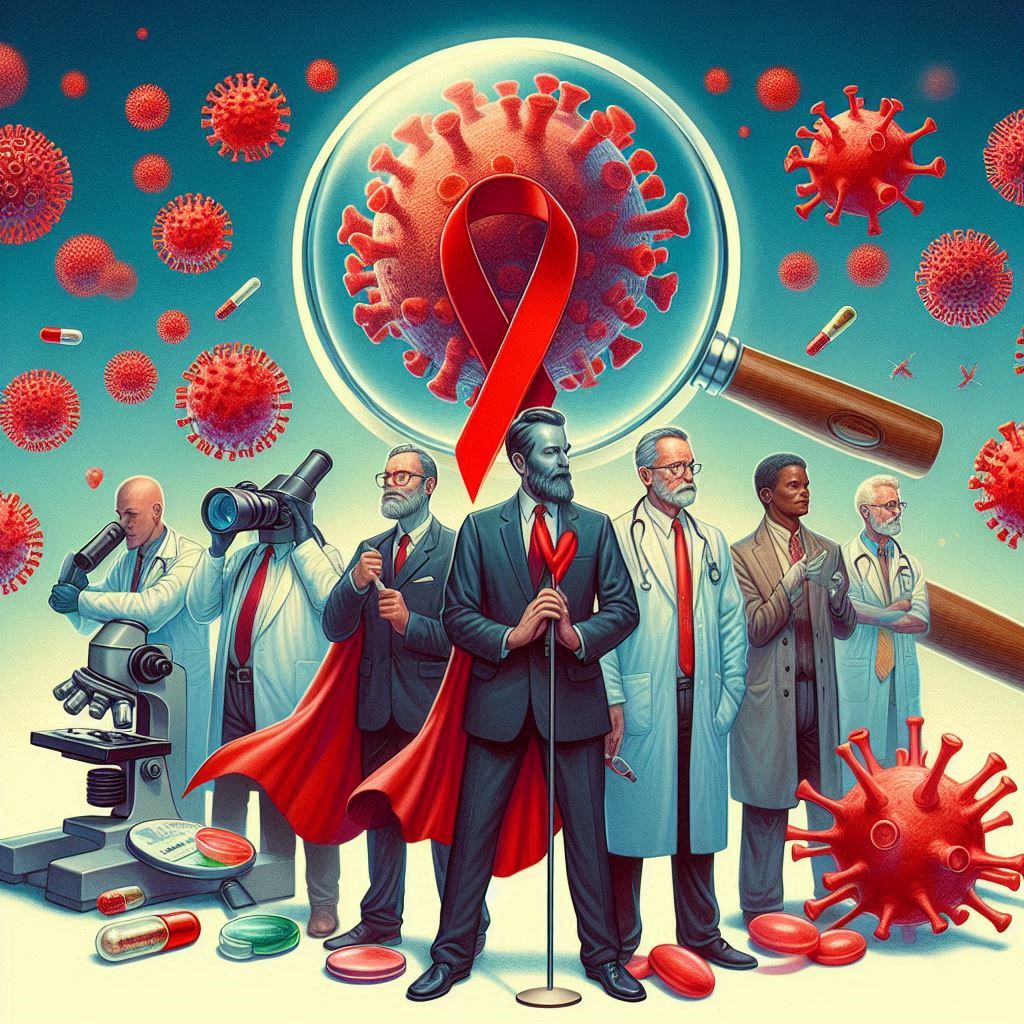People are falling sick with strange symptoms—unexplained weight loss, rare cancers, and infections that once posed no threat. Doctors are baffled. The battlefield is not just in hospitals; it’s in laboratories, journals, and across continents. This is the early 1980s, the frontline of a new and terrifying epidemic. The question is not only who is affected, but what is this disease? and where did AIDS come from?

Their work, their curiosity, and their race against time led to the discovery of one of the deadliest viruses known to humanity: HIV—the cause of AIDS.
The Beginning: An Unknown Syndrome
The world first heard of AIDS in 1981, when the U.S. Centers for Disease Control and Prevention (CDC) reported a strange outbreak of Pneumocystis pneumonia in young, previously healthy gay men in Los Angeles.

Doctors called it GRID (Gay-Related Immune Deficiency) at first, but soon it became clear that this wasn’t limited to any one group. It was affecting men, women, children, hemophiliacs, and drug users alike.
The hunt was on. Scientists across the globe asked the same burning question: Where did AIDS come from, and what was causing it?
Dr. Luc Montagnier, announced a major breakthrough. They had isolated a new virus from the lymph node of a man who showed early signs of AIDS. They named it LAV (Lymphadenopathy-Associated Virus).
Around the same time, across the Atlantic, Dr. Robert Gallo and his team at the National Cancer Institute in the United States were on a similar path. By 1984, Gallo announced that his team had also found the virus responsible for AIDS, which they called HTLV-III.
Eventually, scientists confirmed that LAV and HTLV-III were the same virus—what we now know as HIV (Human Immunodeficiency Virus).
Credit, Controversy, and Collaboration
The discovery led to a major dispute between the French and American teams over who discovered AIDS first. For years, debates raged over scientific priority, patents, and recognition. It wasn’t until 1987 that the two governments reached an agreement to share credit and royalties from an HIV blood test.
Robert Gallo, despite his crucial role in identifying the link between HIV and AIDS, was not included, sparking further debate.
Still, history recognizes that both teams contributed massively to our understanding of where AIDS came from and how to fight it.
The Impact of the Discovery
Identifying HIV was more than a scientific victory—it was a turning point in the global fight against AIDS. With the virus identified, researchers could develop diagnostic tests, prevention strategies, and eventually treatments that transformed AIDS from a death sentence into a manageable chronic condition.
Using genetic analysis, researchers confirmed that HIV-1 originated from chimpanzees in Central Africa, while HIV-2 came from sooty mangabey monkeys. These revelations helped answer the big question: Where did AIDS come from? It began with a cross-species jump—SIV to HIV—followed by a slow, silent global spread.
in Lab Coats
So, who discovered AIDS? The answer is not a single name, but a global effort. It was Gallo who helped prove its link to the disease. It was countless unnamed lab technicians, doctors, and activists who turned confusion into clarity, fear into focus.
And through their work, the question where did AIDS come from transformed from a mystery into a map—a trail that led from the rainforests of Africa to labs in Paris and Washington, and ultimately, to hope.
Their legacy reminds us that science is not just about discovery—it’s about humanity, courage, and the tireless pursuit of truth in the face of the unknown.


